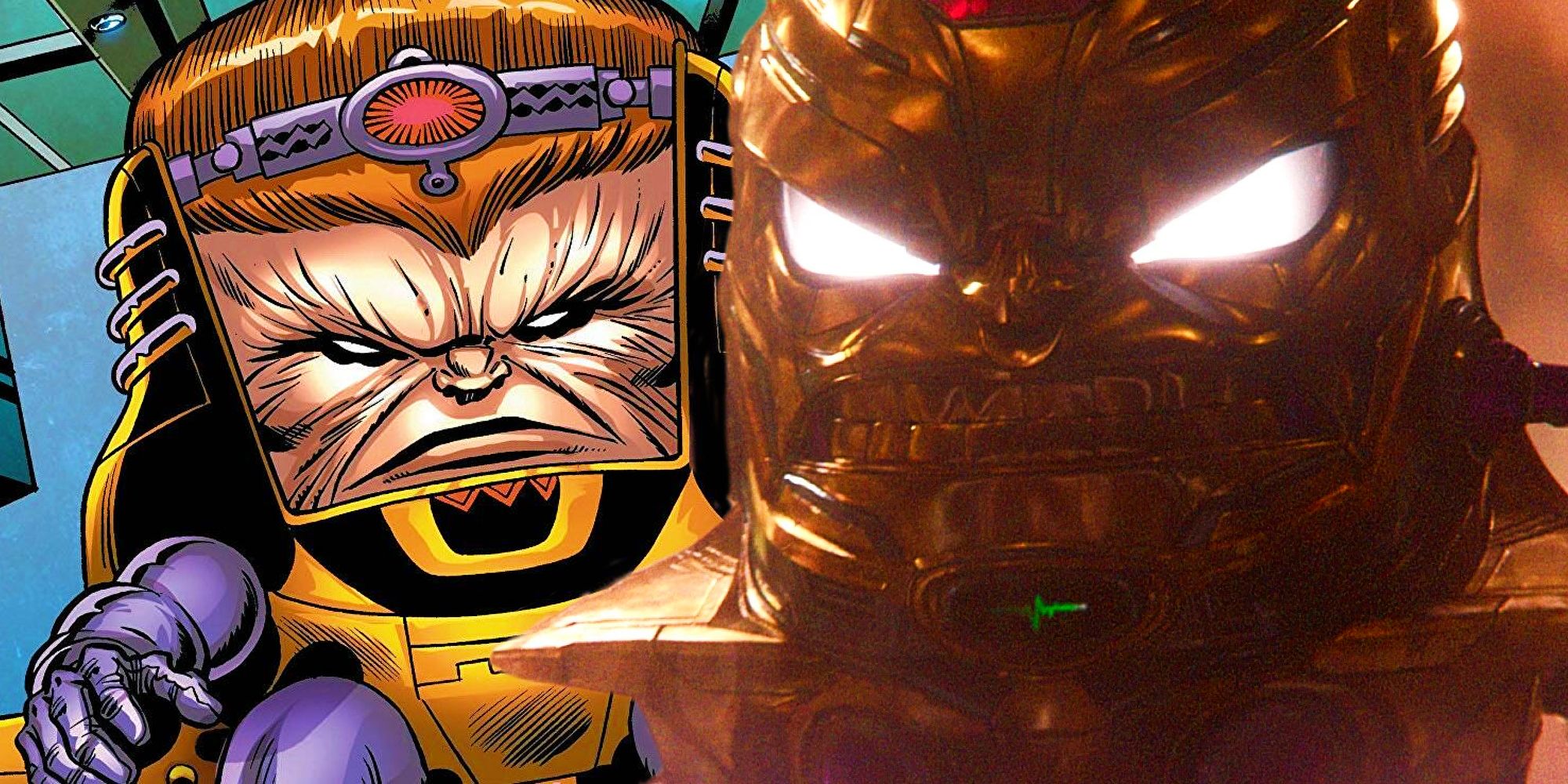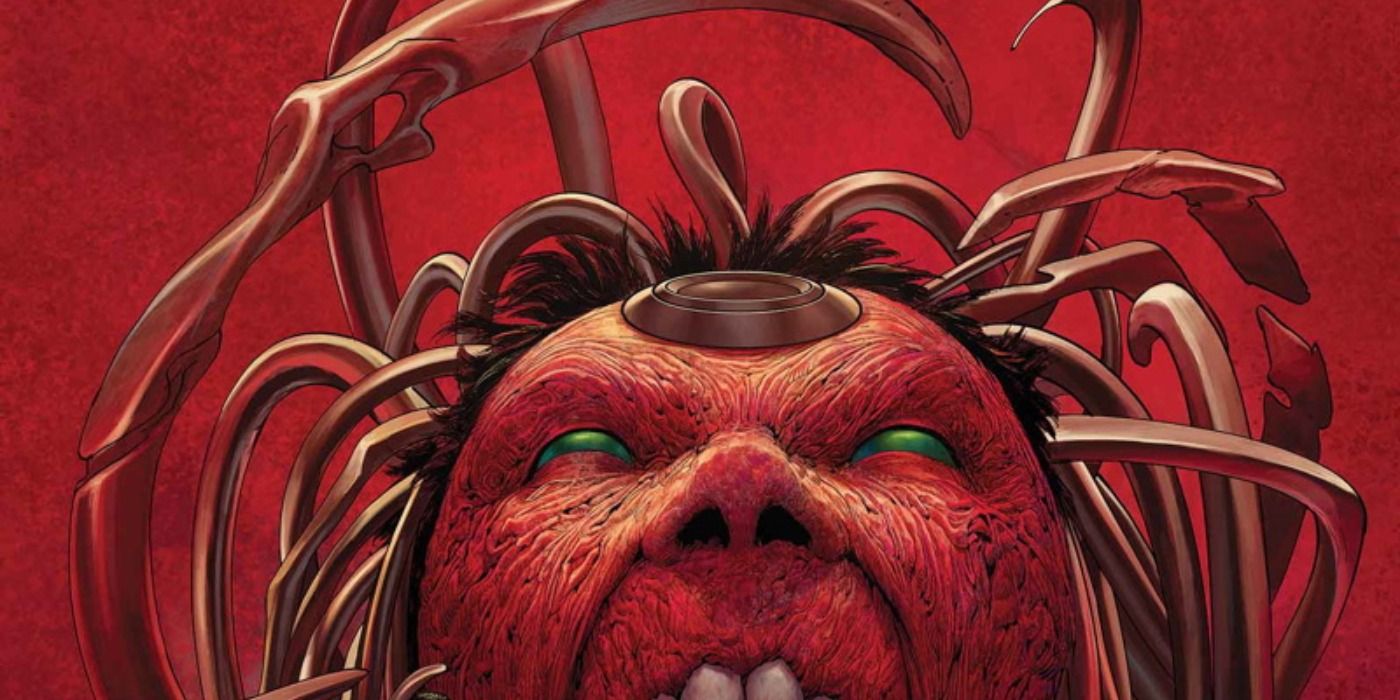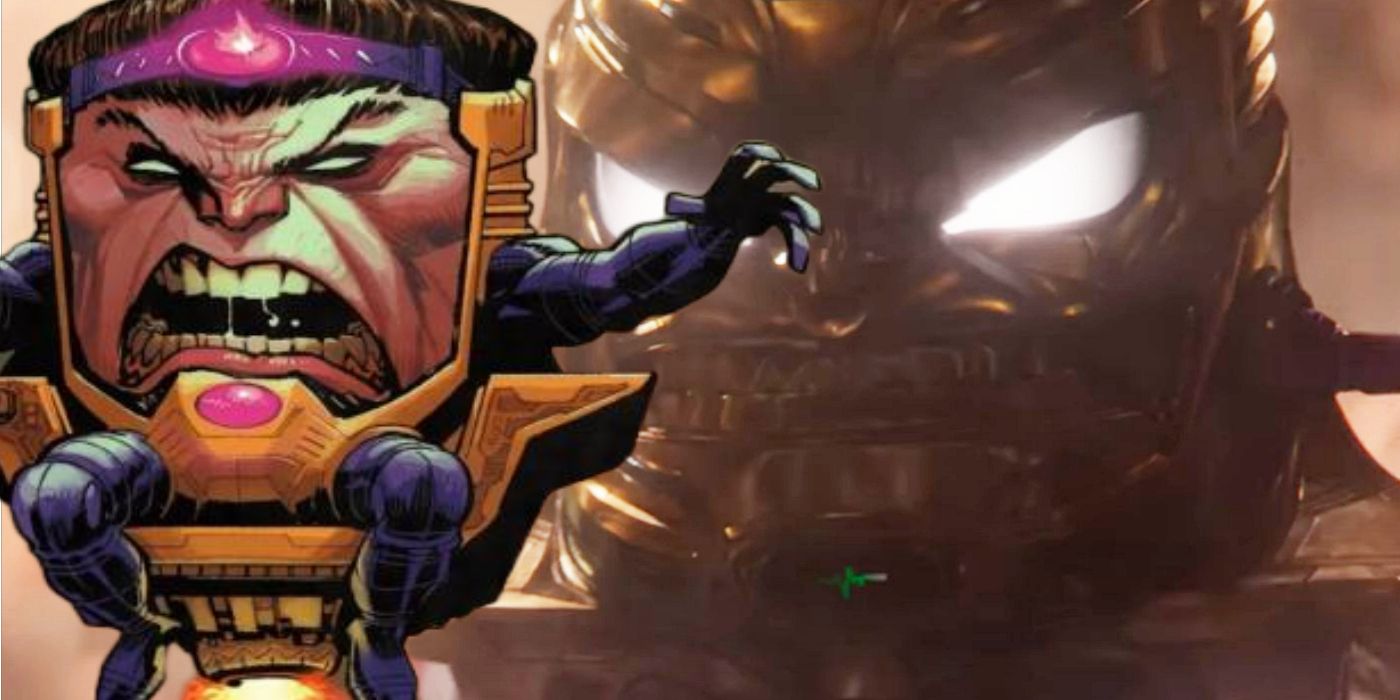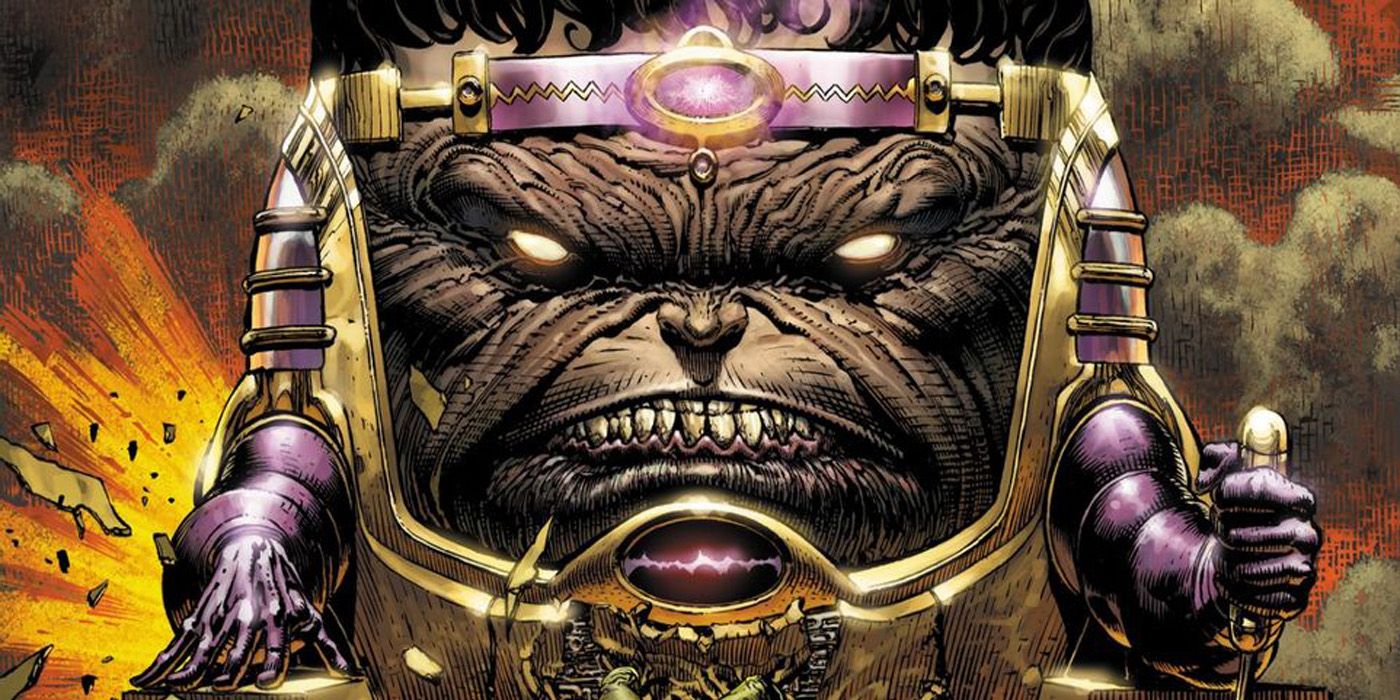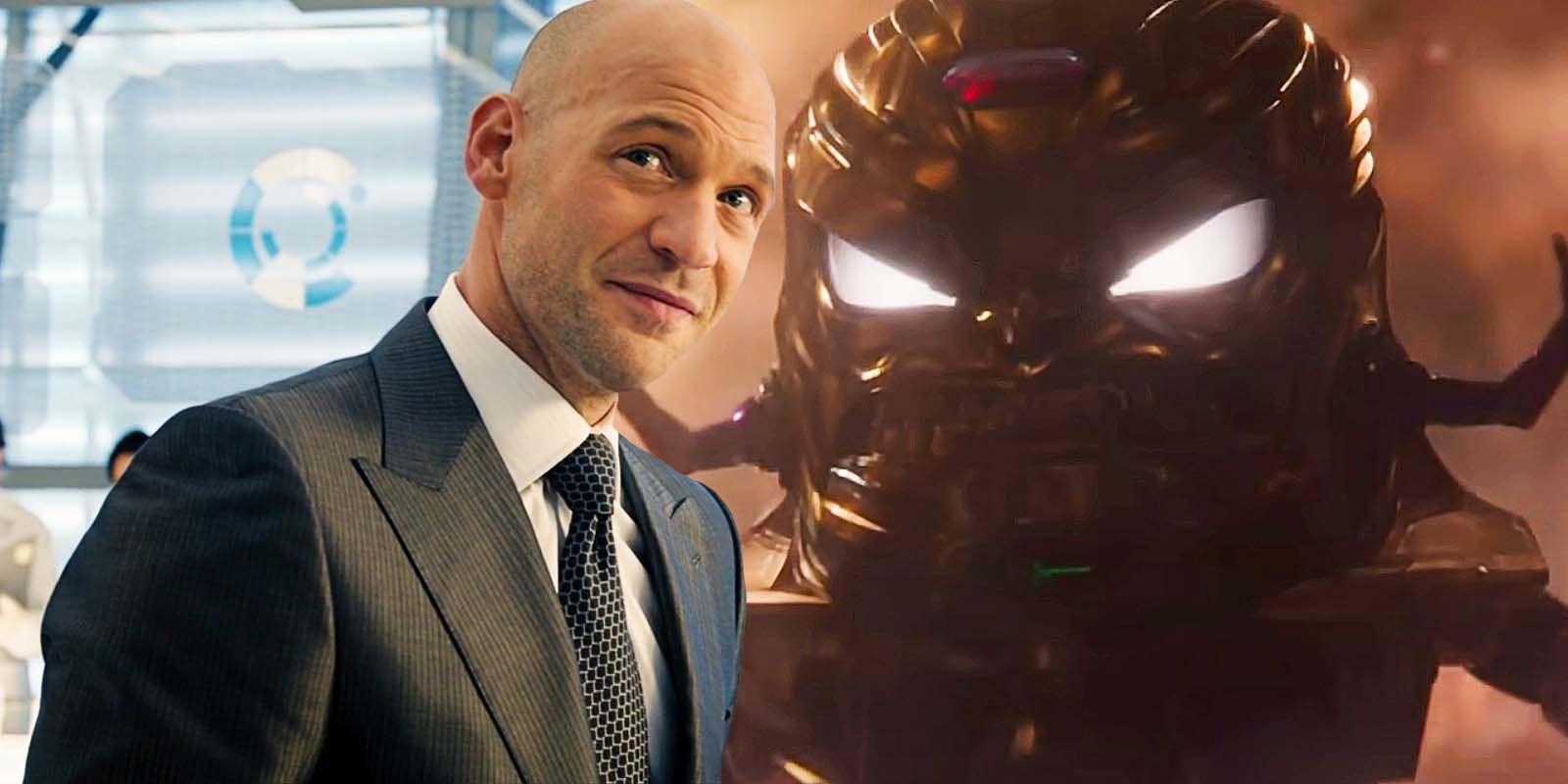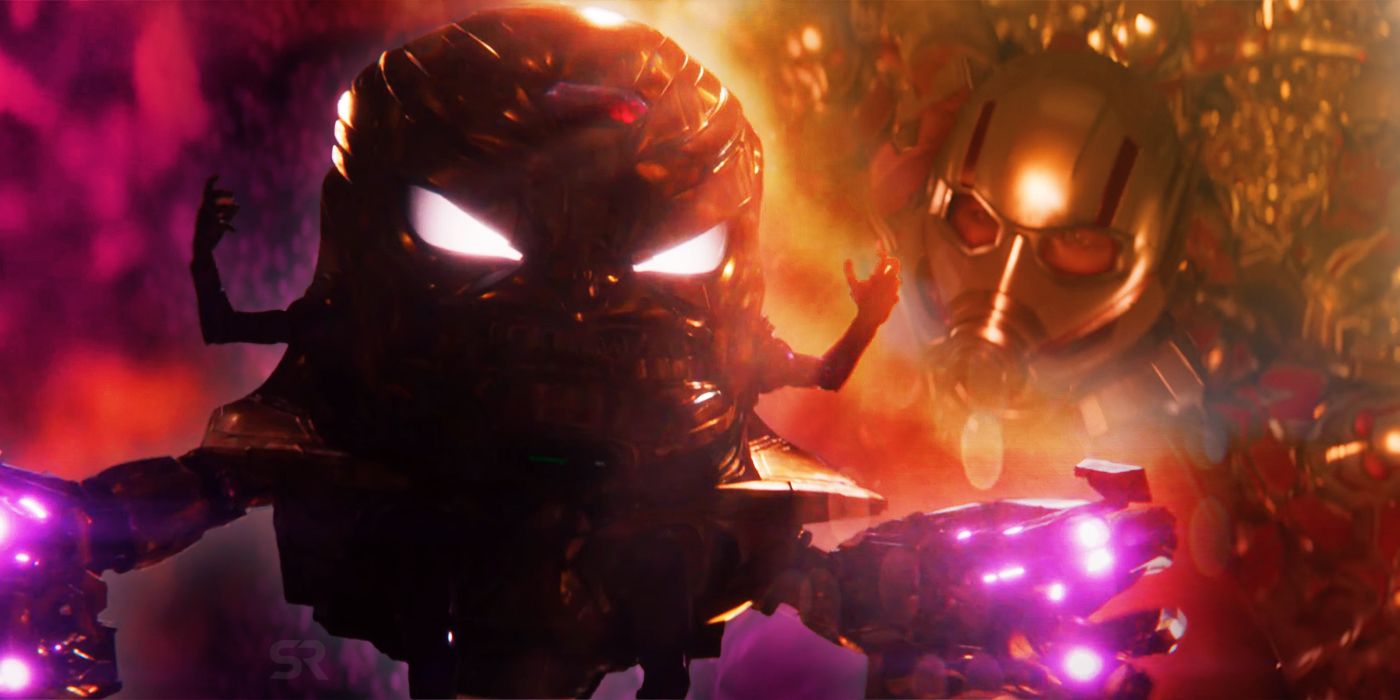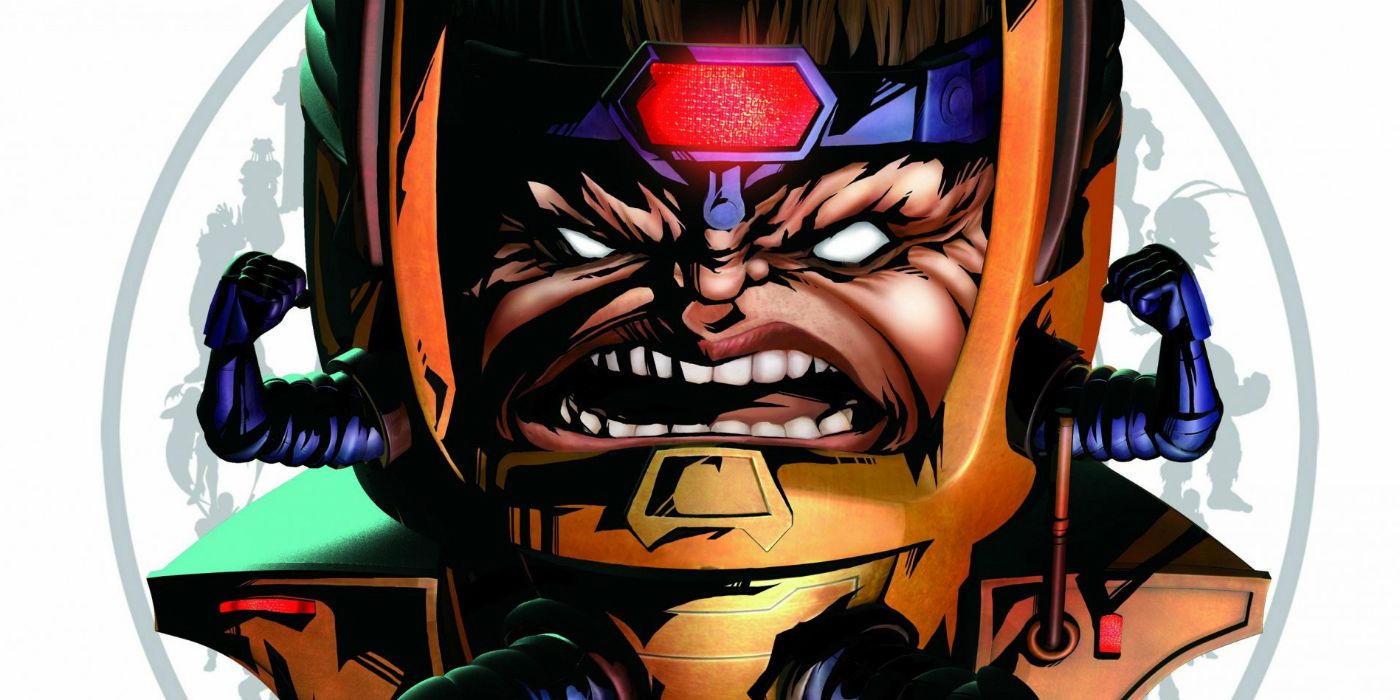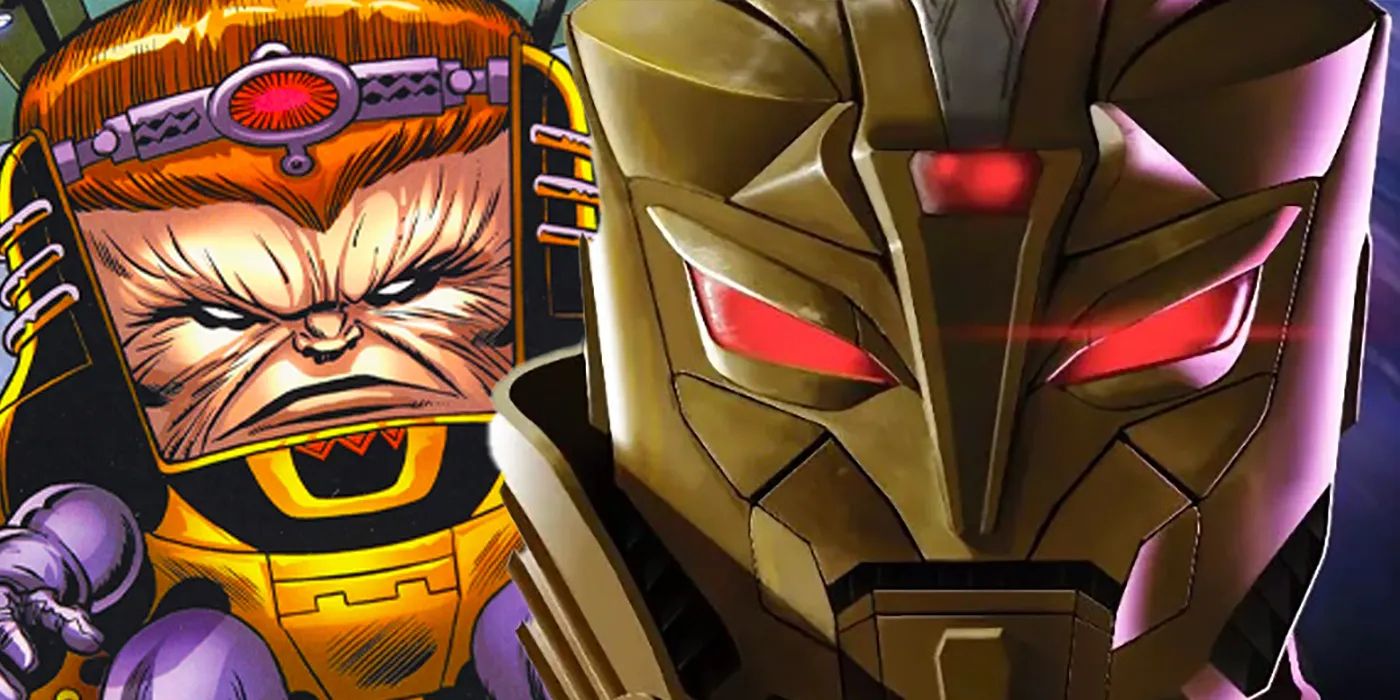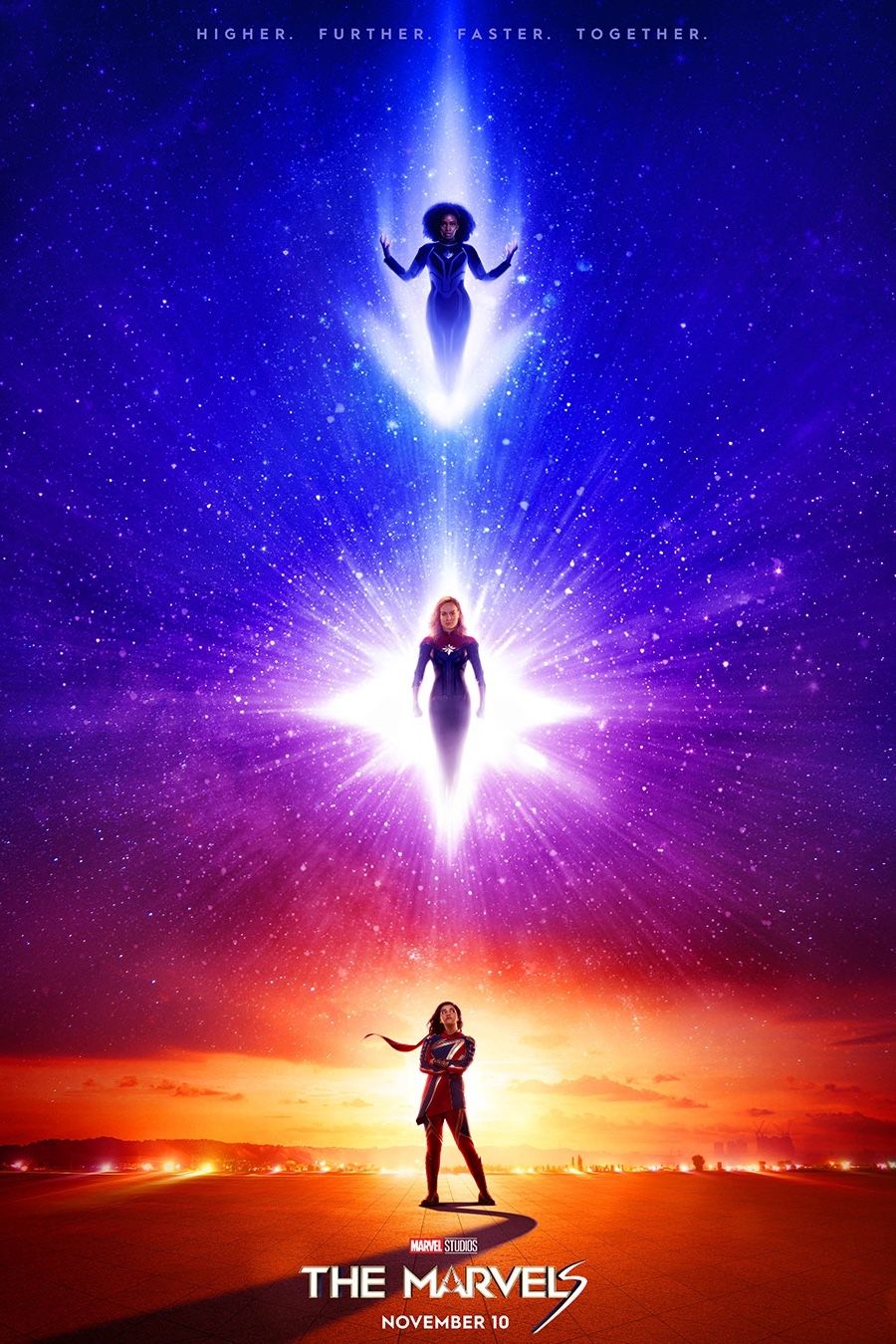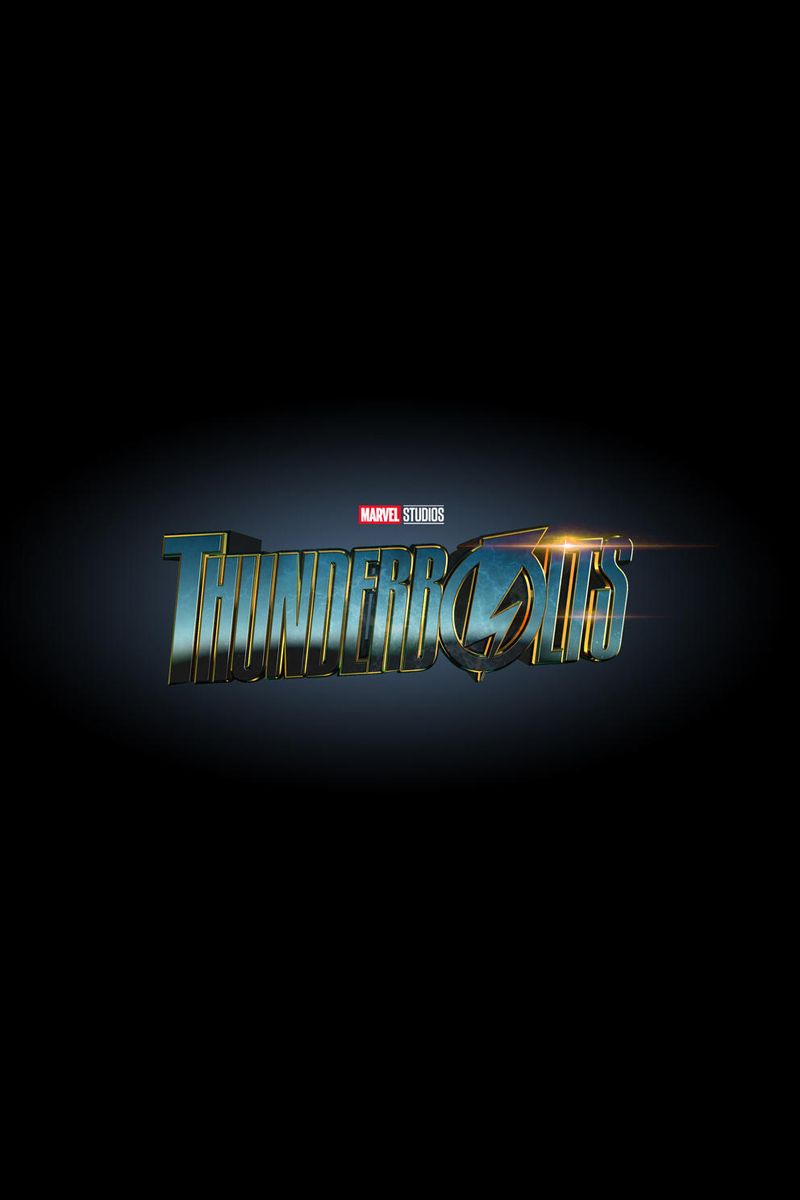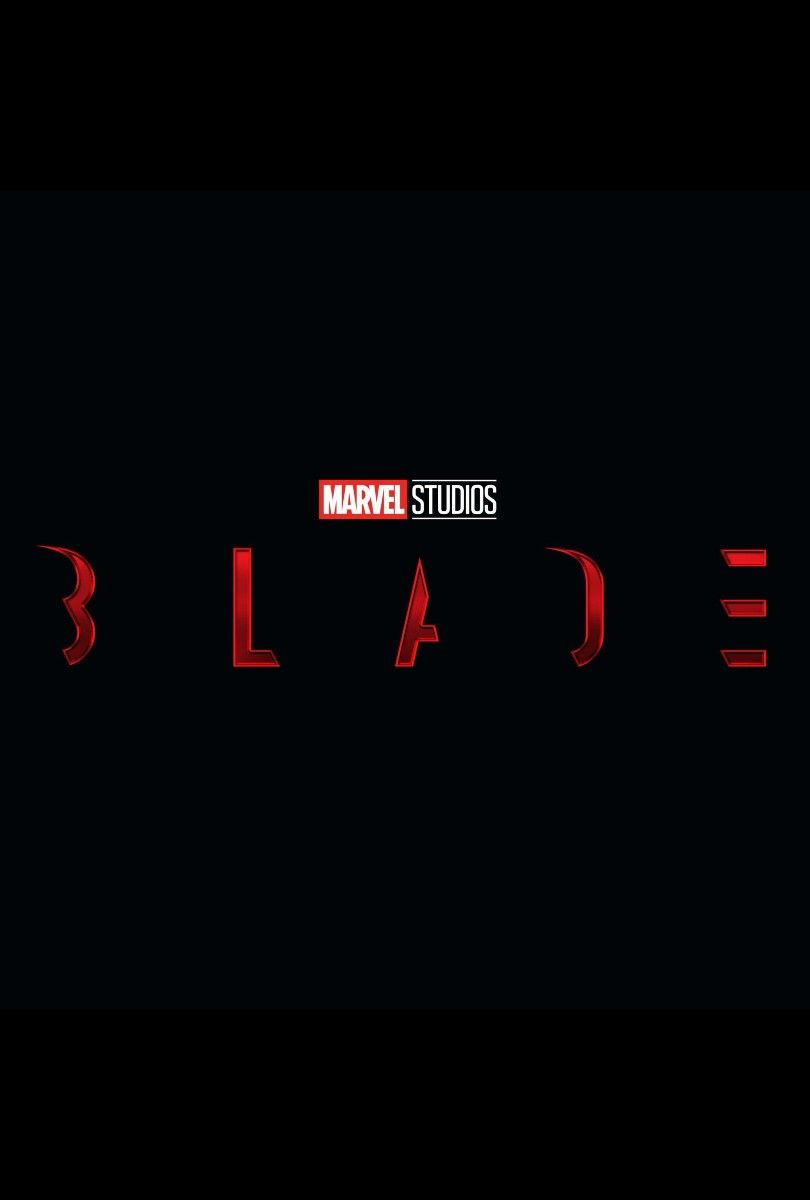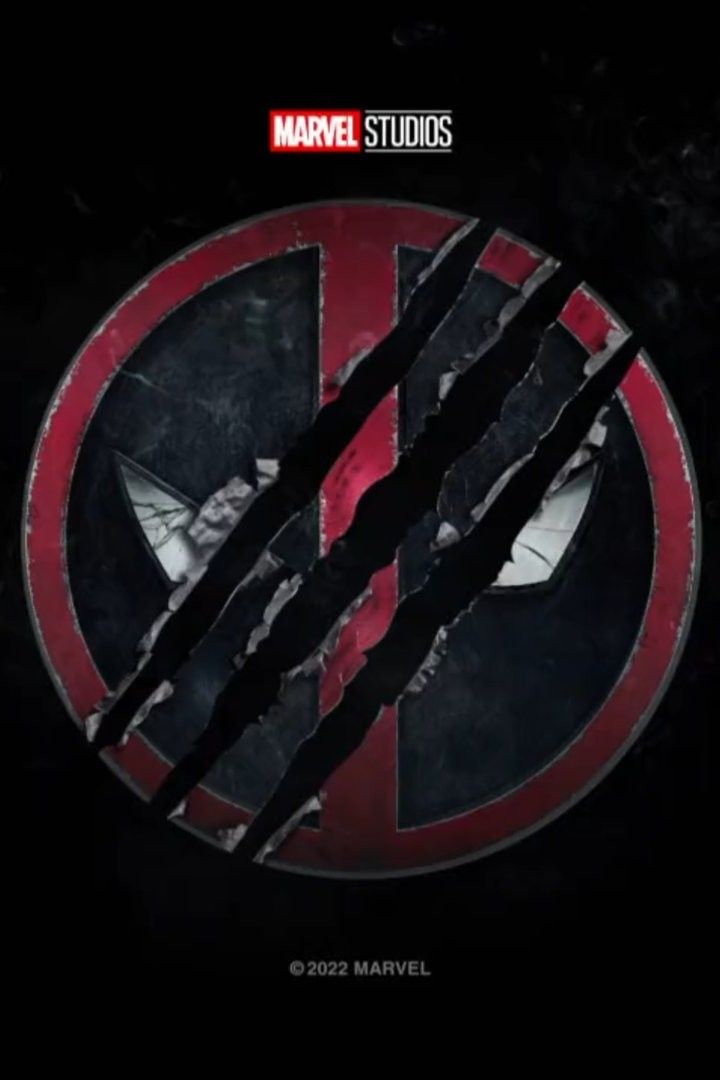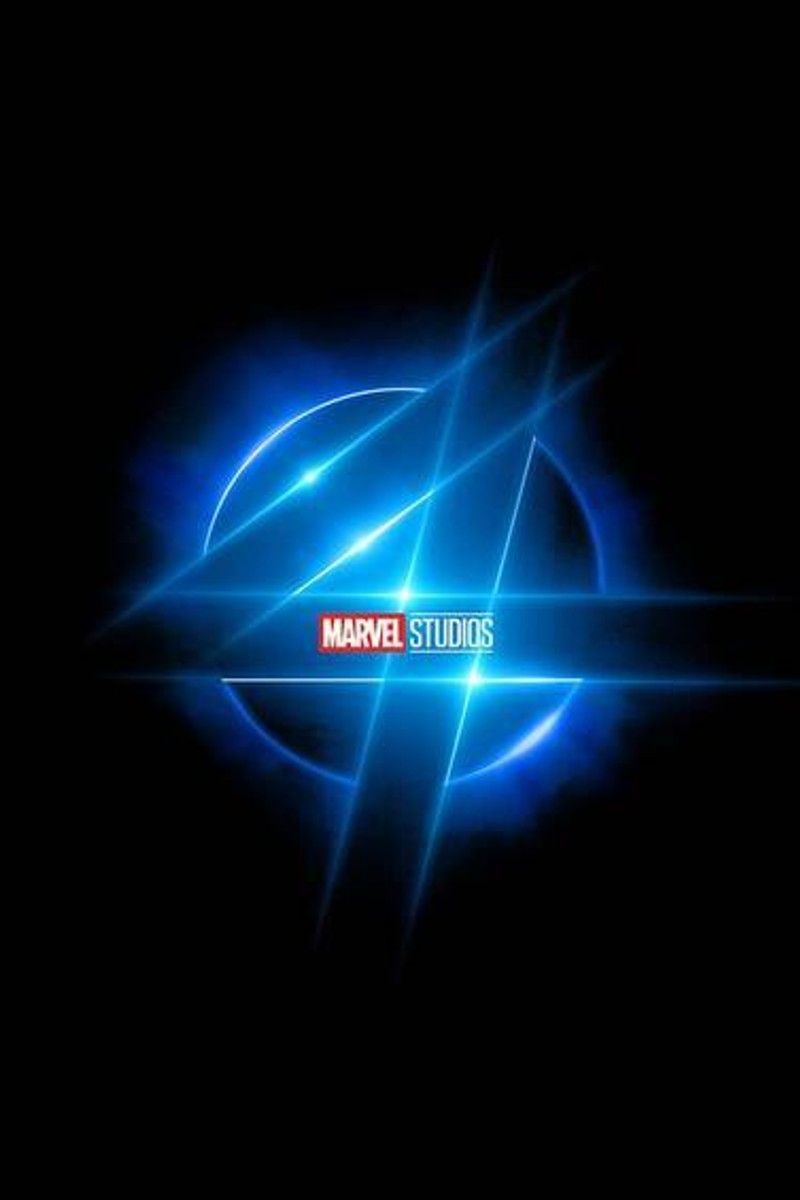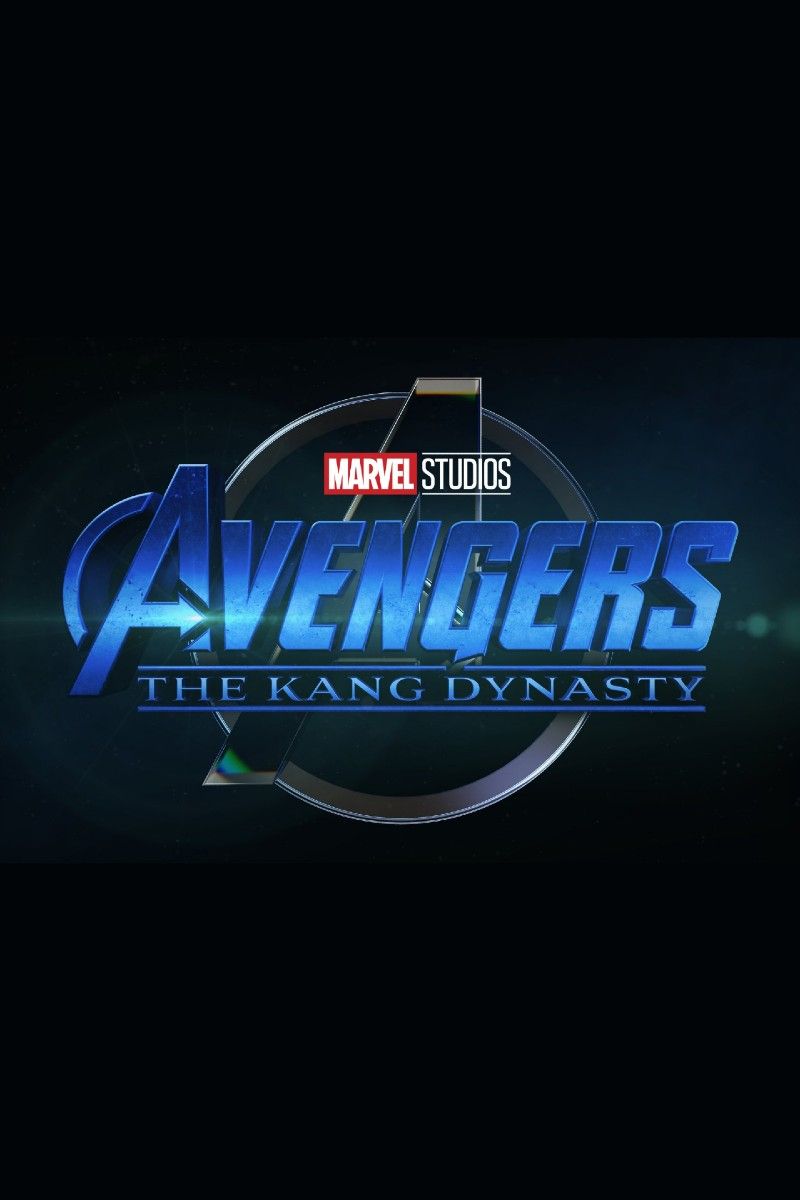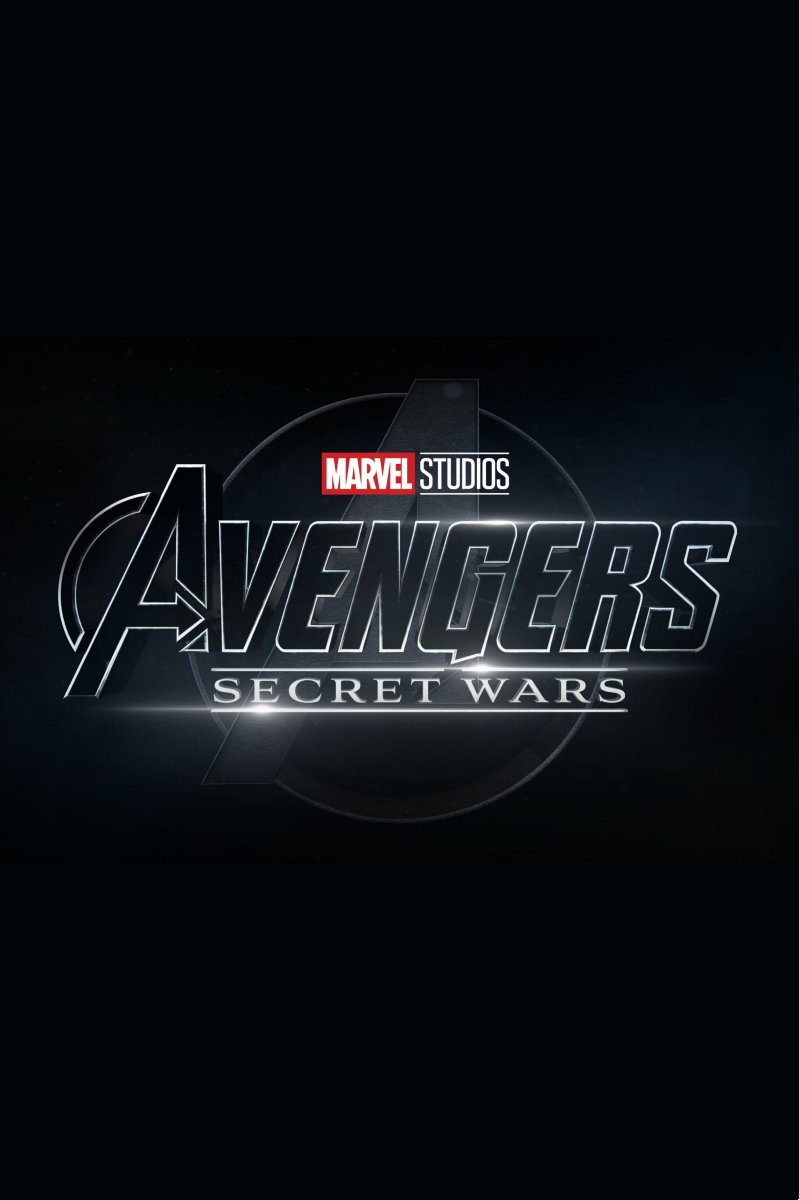Warning! This article contains spoilers for Ant-Man and the Wasp: Quantumania.Ant-Man and the Wasp: Quantumania introduces the MODOK to the Marvel Cinematic Universe, making some significant changes to the character's comic origins in the process. As has been known since the MCU began in 2008 with Iron Man, Marvel Studios has not been scared to take creative liberties with their comic book characters. This trend has interestingly been mostly seen with the MCU's varying villain roster.
From the likes of Zemo and the Mandarin - from Iron Man 3 rather than Shang-Chi and the Legend of the Ten Rings - to characters such as Aldrich Killian, the MCU tends not to shy away from making changes to comic book villains where it sees fit. This continues with the first film of Phase 5, Ant-Man and the Wasp: Quantumania, and the introduction of MODOK to the universe alongside the powerful MCU variant of Kang the Conqueror. That being said, here is every change Quantumania makes to the character of MODOK and how he fits into the sprawling MCU explained.
Which Character Is MODOK In Marvel Comics (Not Darren Cross)
Undoubtedly the biggest change made to MODOK is the man underneath the armor. In Ant-Man and the Wasp: Quantumania, MODOK is revealed to be Darren Cross aka Yellowjacket from the first Ant-Man film. However, in the comics, the most notable version of MODOK is a man named George Tarleton. In Marvel Comics, Tarleton was a technician for the criminal organization known as AIM, featured in the MCU's Iron Man 3.
As evident, the change for the MCU is huge. Usually, the MCU changes its villains in order to better fit the story they are used for, though a lot of elements still remain the same. With Ant-Man and the Wasp: Quantumania though, MODOK's original comic character has been erased completely. Marvel Studios opted to substitute Darren Cross for George Tarleton in order to keep continuity between the Ant-Man films.
MODOK's Origin In Marvel Comics Explained
Another difference between the comic version of MODOK and the MCU's is his origin. After enlisting as a technician for AIM, Tarleton was forcibly put forward to become MODOC, the Mental Organism Designed Only for Computing, so that the company could study something named the Cosmic Cube. As a result of this, George's very being was altered to create MODOC. This swiftly went wrong for AIM, with MODOC becoming MODOK, the Mental Organism Designed Only for Killing.
The Marvel Comics supervillain MODOK was thus created and revolted against his creators as a result of his newfound superior intellect growing his ambitions. MODOK killed everyone at AIM and took control of the company for himself. This saw him come into conflict with many Marvel heroes over the years, from Captain America and the Hulk to antiheroes like Namor, as one of Marvel's core supervillains.
Why MODOK Has Such A Giant Head
One of the core questions surrounding MODOK in both the comics and the MCU stems from his grotesque appearance. In the comics, MODOK has a giant head with tiny arms and legs, using a floating chair named the Doomsday Chair as a means of transportation. The reason for this comes from the original intention behind MODOK's creation. When AIM created MODOC, the increase in intelligence and brain capacity of George Tarleton saw his cranium grow in size, creating the giant-headed being.
The answer to why MODOK's head is so big in the MCU is slightly different, however, given the major changes made to the character. As writer Jeff Loveness has made Darren Cross the MCU's MODOK for Ant-Man and the Wasp: Quantumania, the character's strange appearance has been linked to that character's fate at the end of the first Ant-Man. Scott damages Darren's Yellowjacket suit, which greatly morphs his body, with the Pym Particles creating the giant head and small appendages seen in Quantumania.
Why & How Marvel Made Darren Cross MODOK In The MCU
All of this begs the question of why Marvel Studios opted to make Darren Cross the MCU's version of MODOK. The answer simply stems from creating continuity between the Ant-Man films. If Marvel Studios had used the George Tarleton version of MODOK in the film, they would have had to write in the character's backstory, which the film's 124-minute run time likely would not have allowed for. Instead, using Cross/Marvel Comics' Yellowjacket as the character who becomes MODOK means a backstory is unnecessary as it was already told in Ant-Man, and Quantumania can continue that story.
Also, using an old enemy of Scott's as an antagonist in this film helps establish further stakes. It allows MODOK to have a personal connection to the heroes of this film, from Hank and Hope to Scott and Cassie. All of this makes Cross as MODOK make a lot of sense in terms of the broader MCU's story, allowing Ant-Man and the Wasp: Quantumania to include the iconic villain in a way that fits with the film universe albeit with major changes to the comics that inspired it.
How MODOK's MCU Powers Compare To Marvel Comics
For the most part, MODOK's MCU powers remain similar to the Marvel Comics version albeit with some changes. Rather than being placed in a Doomsday Chair like in the comics, MODOK was altered through Kang's Quantum Realm futuristic technology to create a mechanical suit of armor. Despite being different from the chair, this armor allowed MODOK to exhibit similar powers such as missile launchers and laser emitters among other weapons.
Some of the differences in MODOK's abilities in the MCU stem from the differing origins. The comic version of MODOK is incredibly smart, which often allows him to think his way out of a variety of situations. The MCU version, though, is only as smart as Cross was before becoming MODOK. The comic version of MODOK also has psychic abilities, which Ant-Man and the Wasp: Quantumania's version does not possess.
The MCU's MODOK Is Less Of A Supervillain Than The Comics
Another of the changes that Darren Cross/Yellowjacket being the MCU's MODOK ushers in is in relation to his villainous ways. In the comics, MODOK is much more of a supervillain, often clashing with various Avengers due to his villainous ambitions. In the MCU, though, the character is portrayed more as a henchman, working for Kang in the Quantum Realm. MODOK is used as Kang's "hunter," being blindly loyal to the latter due to his life being saved by Kang's technology.
How MODOK's MCU Death Compares To The Comics
At the end of Ant-Man and the Wasp: Quantumania, MODOK is killed, marking the end of Darren Cross' brief stint as the supervillain. Despite being an antagonist for the majority of the movie, MODOK has a change of heart at the end of the film after speaking with Quantumania's Cassie Lang. Deciding to change his ways, MODOK attempts to attack Kang to no avail, with the conqueror using his technological-based powers to overpower him. This gravely injures MODOK, who dies shortly after.
This death differs from George Tarleton's death as MODOK in Marvel Comics. In the comic storyline, AIM wishes to disassociate themselves from MODOK and his extra-villainous ways, resorting to hiring the Serpent Society to assassinate him. The group succeeds, with the supervillain Death Adder dealing the final blow. While MODOK is eventually revived, this version of his death differs greatly from the one showcased in Ant-Man and the Wasp: Quantumania, marking the latest in a long line of differences between the MCU's MODOK and the comic book counterpart that inspired him.

